Introduction:
The Cold War was a prolonged period of political tension and ideological conflict that dominated the
world stage from the end of World War II until the early 1990s. It was a rivalry between the two
superpowers of the time, the United States and the Soviet Union, that shaped global politics, economics,
and society. This blog explores the origins, key events, and lasting impact of the Cold War, shedding light
on a remarkable era that defined the post-war world.
The Origins of the Cold War:
The seeds of the Cold War were sown during the closing stages of World War II. The ideological
differences between the capitalist West, led by the United States, and the communist East, led by the
Soviet Union, became increasingly apparent. The blog delves into the Yalta and Potsdam conferences, the
division of Europe, and the emergence of the iron curtain, which set the stage for the Cold War
confrontation.
The Nuclear Arms Race:
One of the defining features of the Cold War was the arms race between the United States and the Soviet
Union. Both nations sought to acquire and develop increasingly powerful nuclear weapons, leading to an
atmosphere of fear and uncertainty. This section examines the Cuban Missile Crisis, the proliferation of
nuclear weapons, and the concept of mutually assured destruction (MAD).
Economic Battleground:
Economics plays a central role in the US-China Cold War. Both countries are engaged in a battle for
economic supremacy, with trade disputes, tariffs, and sanctions being key instruments. Technological
dominance, particularly in areas like artificial intelligence, 5G, and quantum computing, is seen as critical
to gaining an economic edge. The race for technological supremacy has sparked concerns over
espionage, technology transfer, and national security, further fuelling the rivalry.
Proxy Wars and Global Influence:
Although the United States and the Soviet Union never engaged in direct military conflict, they fought
numerous proxy wars around the world. The blog explores the Korean War, the Vietnam War, and
conflicts in Afghanistan and Central America, highlighting how these conflicts became battlegrounds for
ideological supremacy between the two superpowers.
The Space Race:
The Cold War also extended into the realm of space exploration, as the United States and the Soviet
Union vied for dominance in this new frontier. The blog discusses key milestones such as the launch of
Sputnik, the first human spaceflight by Yuri Gagarin, and the Apollo moon landing, examining how space
became a symbolic arena for competition and propaganda.
Detente and the End of the Cold War:
By the 1970s, both the United States and the Soviet Union began to recognize the dangers and costs of
the Cold War. This section explores the policy of détente, which aimed to reduce tensions and promote
cooperation between the superpowers. It also discusses the factors that led to the eventual end of the
Cold War, such as the reforms of Soviet leader Mikhail Gorbachev and the fall of the Berlin Wall.
Lasting Impact and Legacy:
The Cold War had a profound and lasting impact on the world. This blog reflects on the consequences of
the conflict, including the division of Germany, the rise of the military-industrial complex, and the impact
on culture, technology, and international relations. It also addresses the relevance of the Cold War in
today’s world and how its effects continue to shape global politics.
Conclusion:
The Cold War was a critical chapter in world history that shaped the course of the 20th century. It was a
clash of ideologies and a struggle for global supremacy between the United States and the Soviet Union.
By examining its origins, key events, and lasting impact, we can gain a deeper understanding of this
transformative era and its significance in shaping the world we live in today.
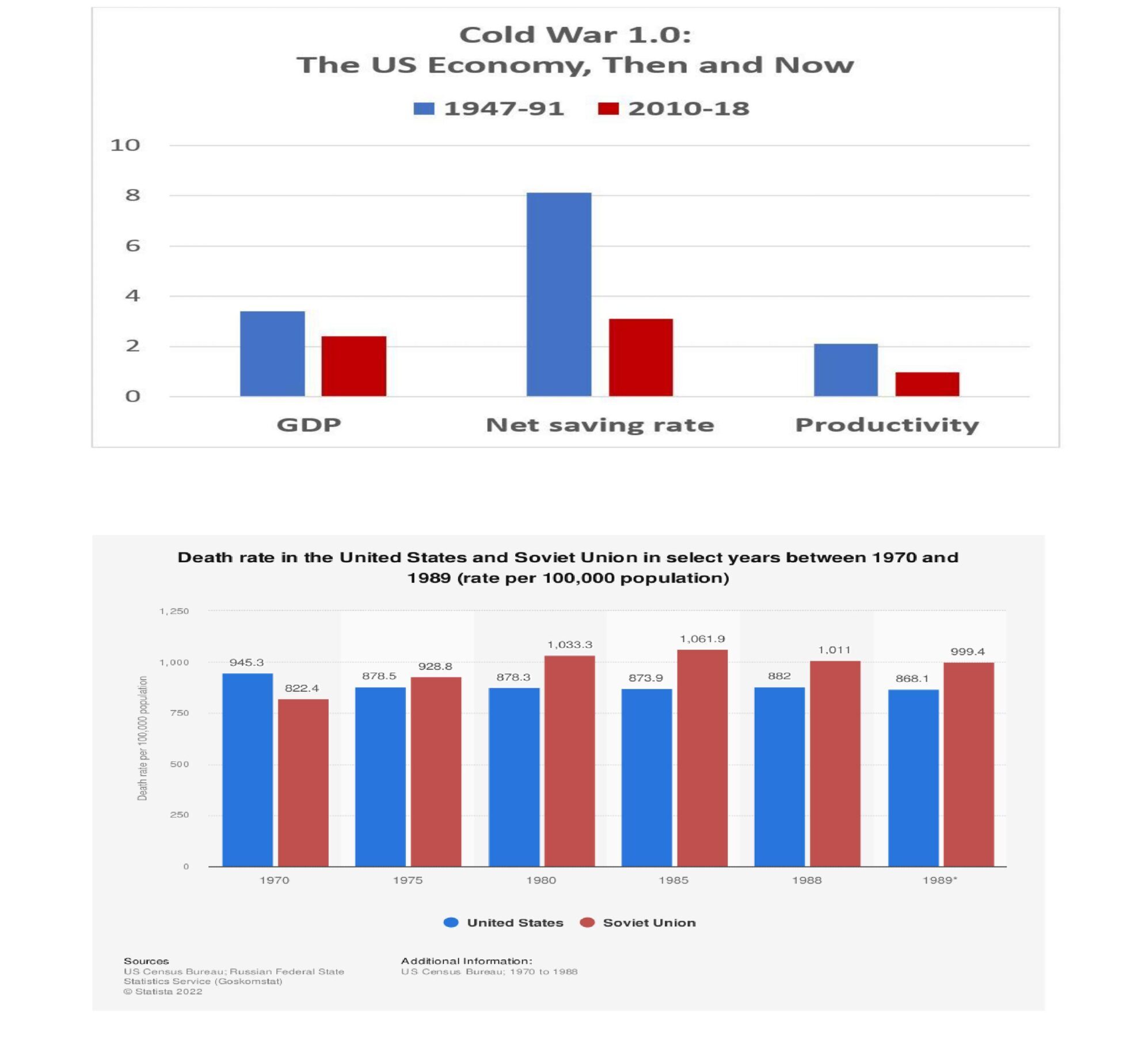
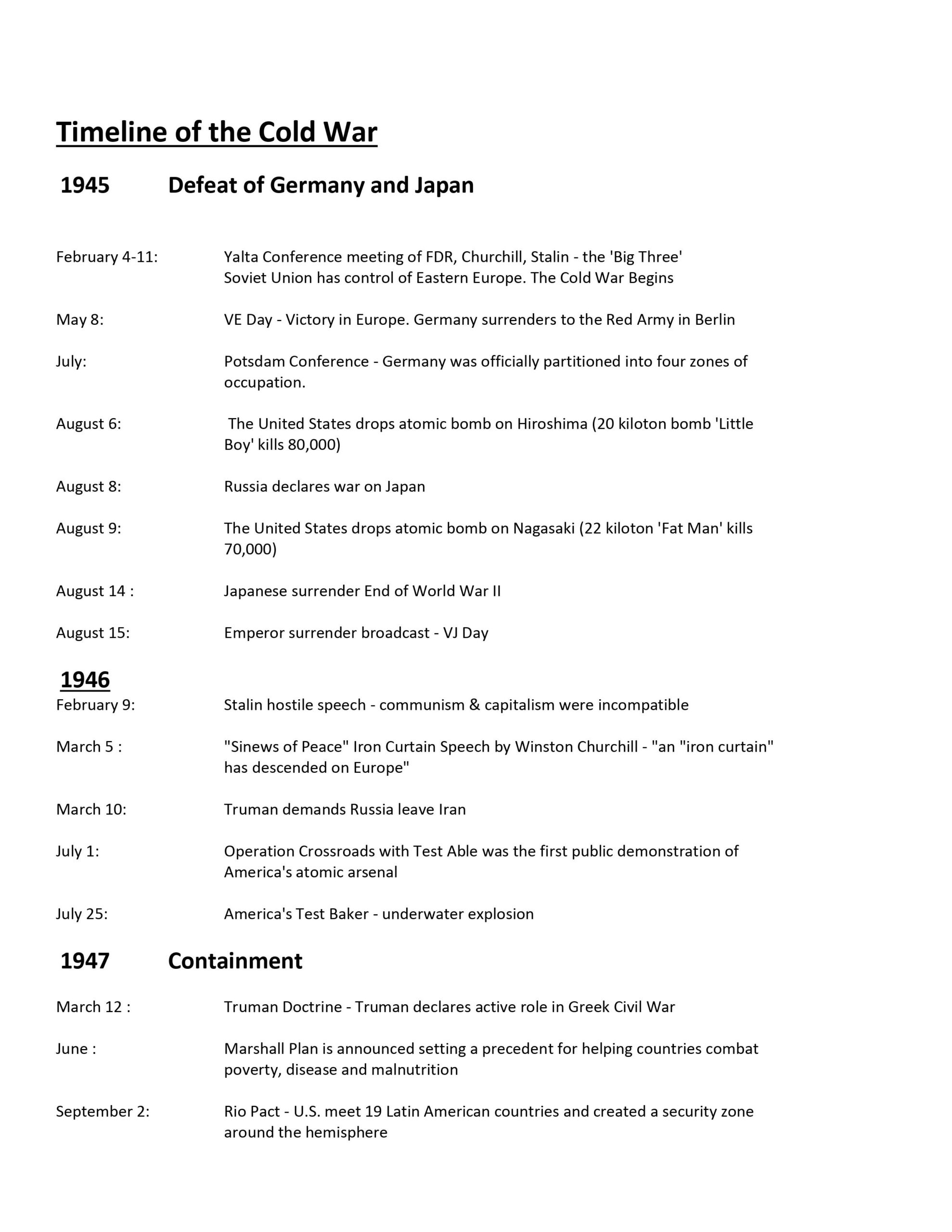
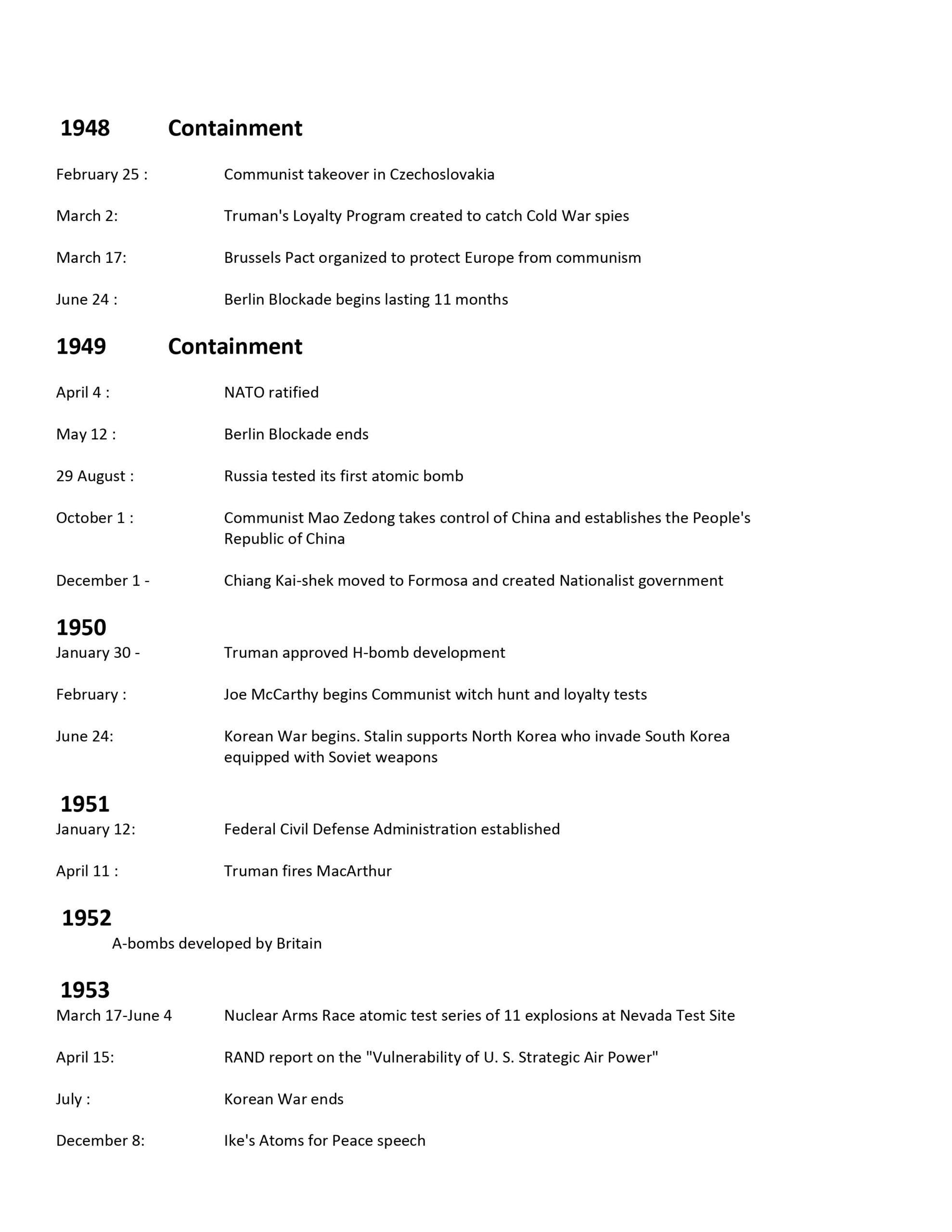
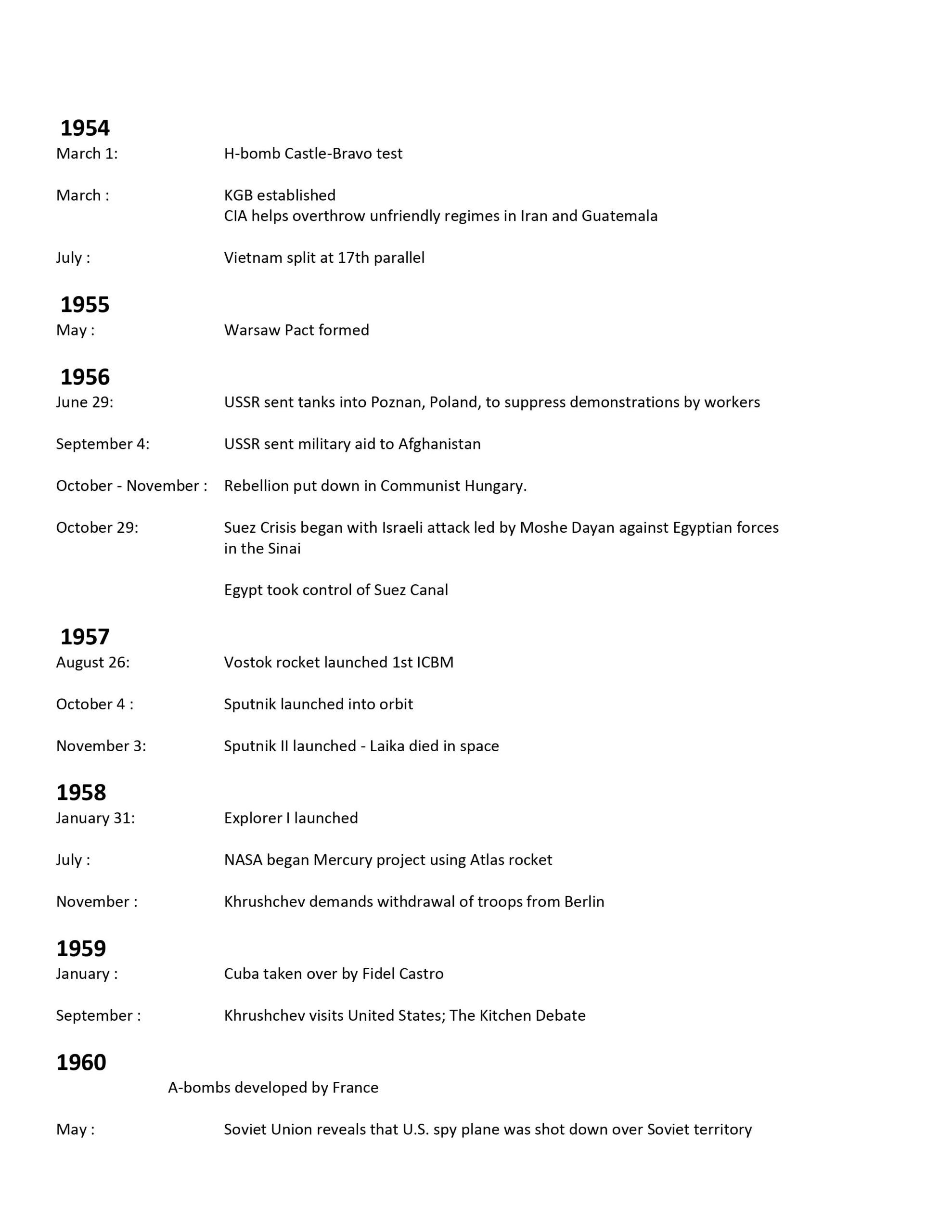
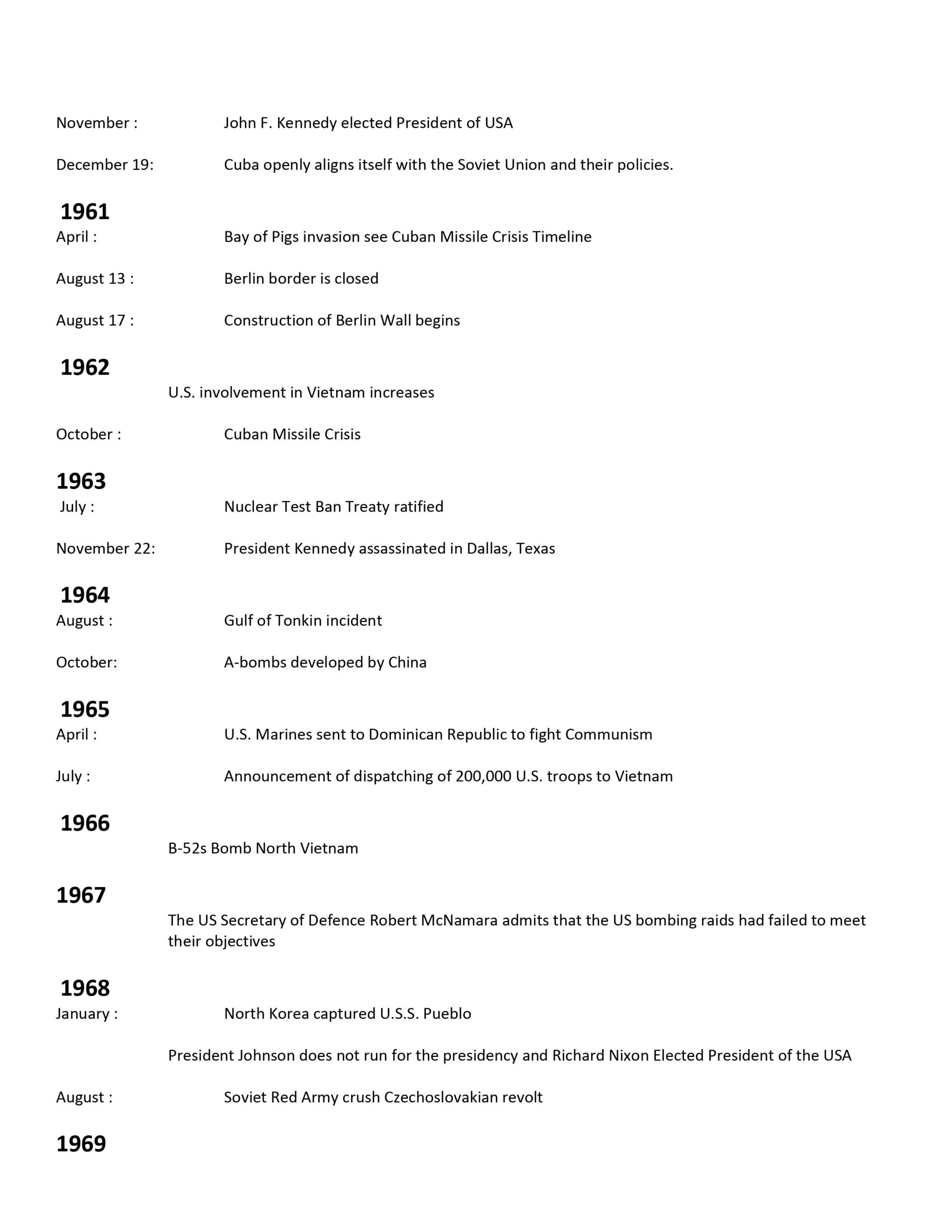
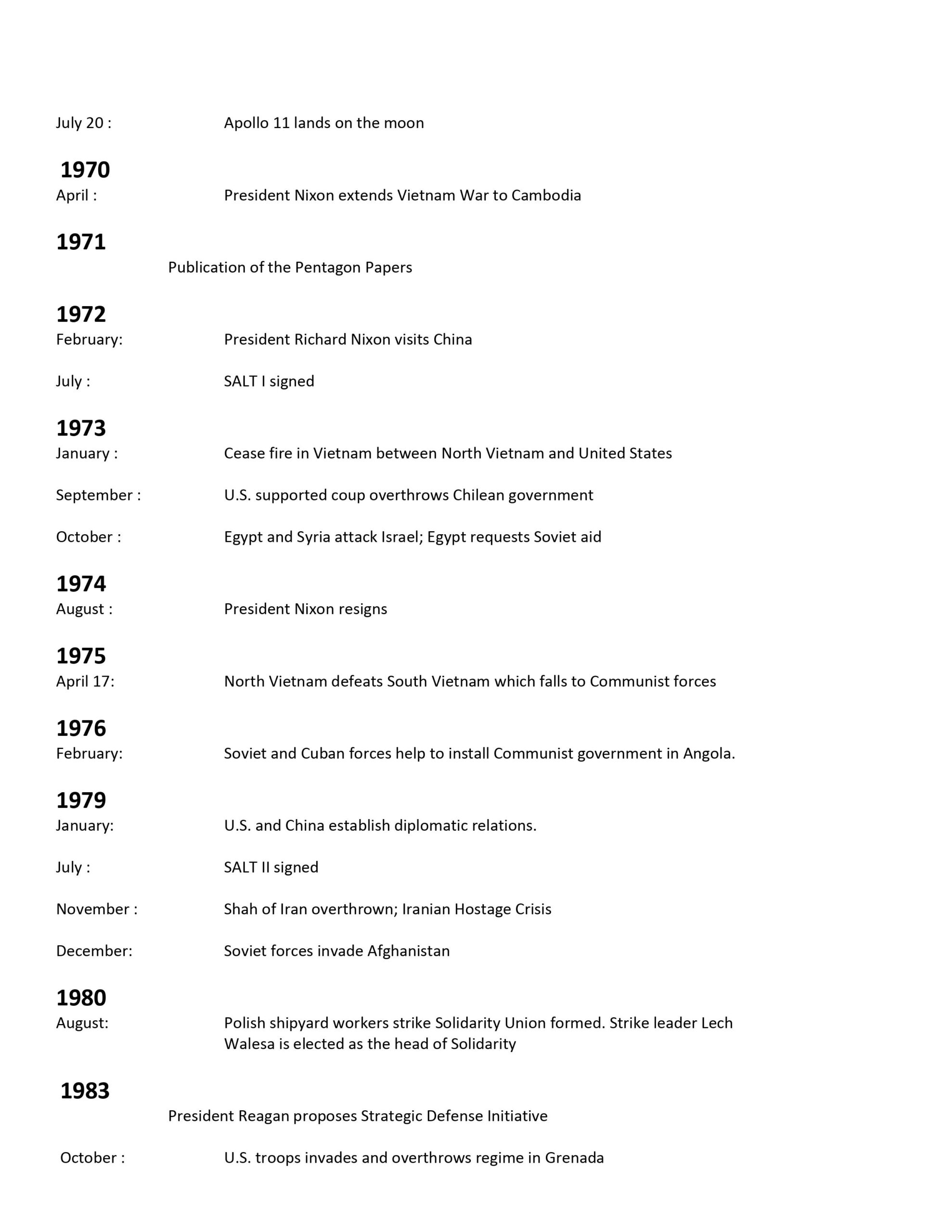
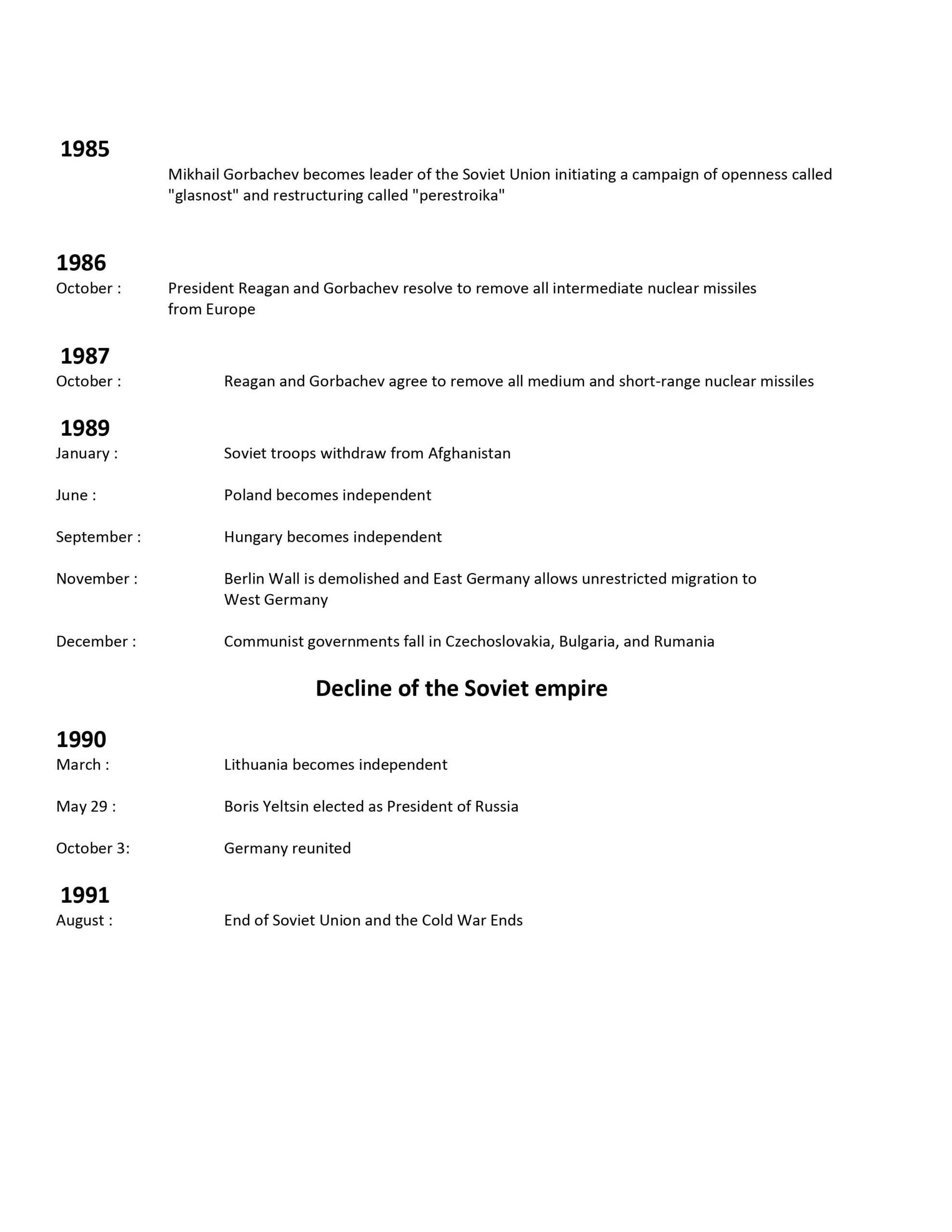
Researched and Written by:
Muhammad abbas
The Lex Blogger
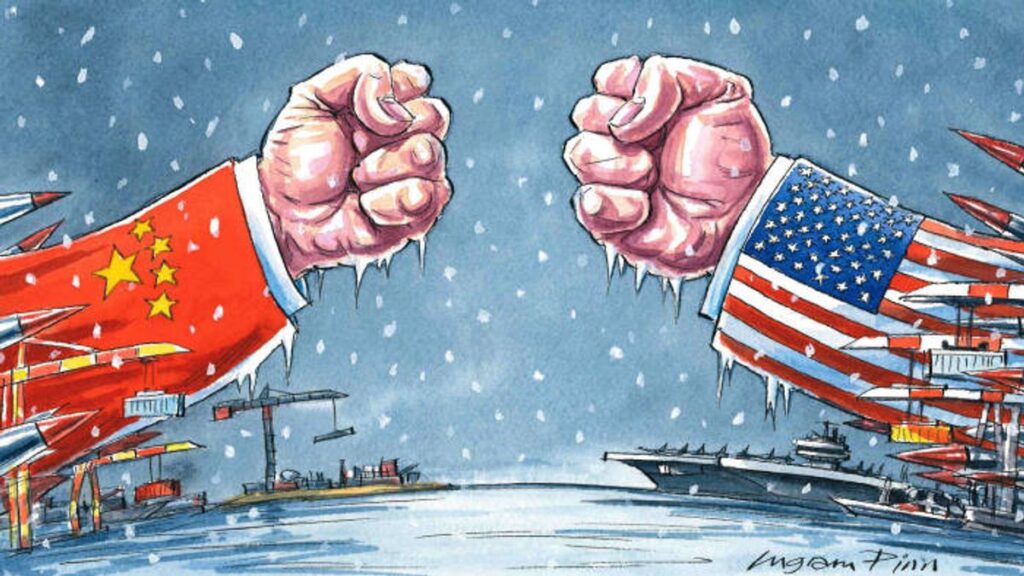

V nice